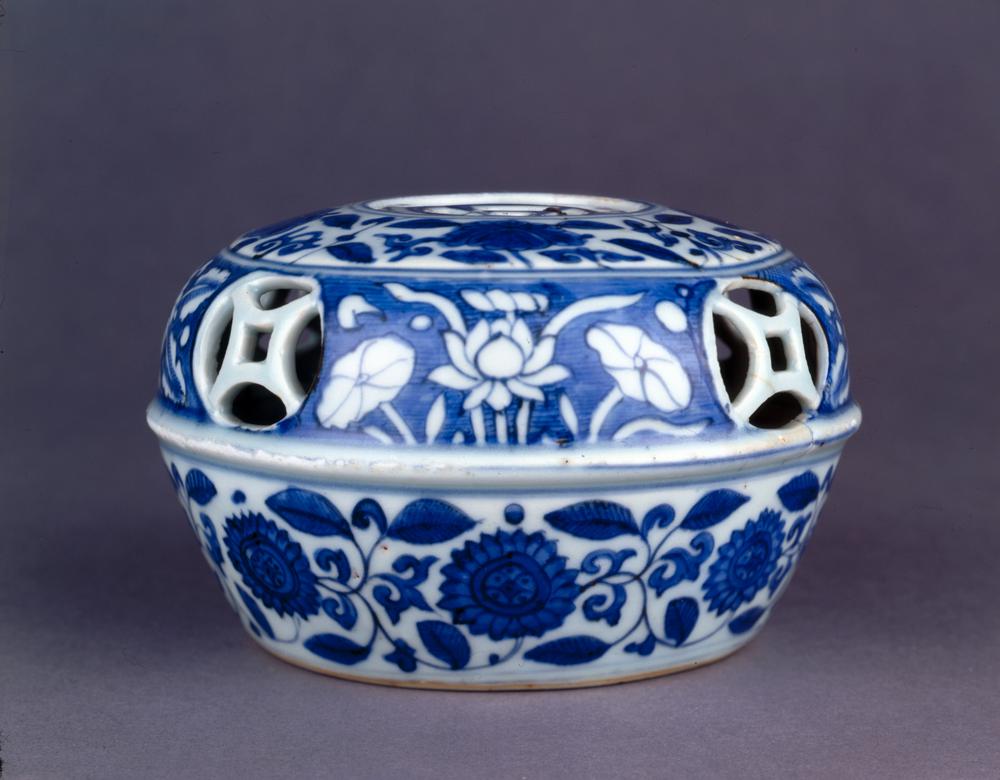Period:Unknown Production date:early 9thC (Dunhuang Tibetan period (786-848))
Materials:silk, 絲綢 (Chinese),
Technique:painted
Subjects:bird buddha bodhisattva 鳥 (Chinese) 佛 (Chinese) 菩薩 (Chinese) 供養人 (Chinese)
Dimensions:Height: 95 centimetres Width: 63.50 centimetres
Description:
Painting showing Vairochana (previously identified as Amitabha) with the Eight Great Bodhisattvas (left-hand column: Maitreya, Kshitigarbha, Manjushri, and Akashagarbha; right-hand column: Avalokiteshvara, Sarvanivaranaviskambhin, Samantabhadra, and Vajrapani). Names inscribed in Tibetan, two are badly faded. Geese stand on golden sand in the lower part of the painting, and a very small donor figure is on the bottom right. Ink and colour on silk.
IMG
![图片[1]-painting; 繪畫(Chinese) BM-1919-0101-0.50-China Archive](https://chinaarchive.net/Unknown/Paintings/mid_PB290701.jpg)
![图片[2]-painting; 繪畫(Chinese) BM-1919-0101-0.50-China Archive](https://chinaarchive.net/Unknown/Paintings/mid_50.jpg)
Comments:EnglishFrom Whitfield 1982:Although originally identified by Waley as Avalokitesvara, it seems more likely that the crowned central figure in dhyana-mudra is in fact his spiritual parent, Amitabha. There are clear references to the paradise of Amitabha in the geese standing on piles of golden sand in the lower part of the painting. Four of the Bodhisattvas, the two in the middle of either side, are labelled in Tibetan: they are Sarvanivaranaviskambhin and Samantabhadra on the right; Ksitigarbha and Manjusri on the left (Fig.47).Those above and below them should be Avalokitesvara (with a lotus )and Vajrasattva on the right; Maitreya and Akasagarbha on the left (Fig.48).The figure of a female donor, very small, appears at the bottom (Fig.49), divided from the main area, as in other paintings of early date, by a band of lozenges. Blue was originally important in the colour scheme forming the patterned background, but it has now faded. (The same blue pattern is found in a banner on hemp cloth, Vol.2, Pl.40, and may be compared also to the printed frontispiece to the Diamond Sutra, dated A.D.868 [Vol.2, Figs.144-45].) In style the painting is very close to Pl.16 especially to the two Bodhisattvas in Tibetan style in that painting (Pl.16-2). This would seem to justify a date early in the ninth century. ChineseFrom Whitfield 1982:此幅畫原來Waley先生比定爲觀音菩薩,中央主尊頭戴寶冠、手結定印看起來更像阿彌陀如來更爲合適。畫面下部,金沙洲上站立的鵝,也可明顯看出是阿彌陀淨土圖。中段的兩側各二身菩薩,共四身,均有吐蕃文標識的名字,右側是除蓋障菩薩和普賢菩薩,左側是地藏菩薩和文殊菩薩(參見Fig.47)。它們的上下所繪的,右邊是觀世音菩薩(手持蓮華)和金剛手菩薩,左邊为慈氏菩薩和虛空藏菩薩(參見Fig.48)。與早期的諸作品相同,畫面的下方用菱形的紋樣帶與主要部分隔開,其中有非常小的女供養人像(參見Fig.49)。在此圖中,底紋的青色是全圖的基本色調,但現在已全部褪色(第2卷圖40的麻繪中有同樣的青色底紋。有868年紀年的《金剛經》版畫,也能見到類似現象[第2卷,Figs.144-5])。此圖在形式上與圖16相近,尤其與吐蕃式的二菩薩像(參見圖16-2)很相似,從這一點上也能判斷出此繪畫作品的製作年代在9世紀初。
Materials:silk, 絲綢 (Chinese),
Technique:painted
Subjects:bird buddha bodhisattva 鳥 (Chinese) 佛 (Chinese) 菩薩 (Chinese) 供養人 (Chinese)
Dimensions:Height: 95 centimetres Width: 63.50 centimetres
Description:
Painting showing Vairochana (previously identified as Amitabha) with the Eight Great Bodhisattvas (left-hand column: Maitreya, Kshitigarbha, Manjushri, and Akashagarbha; right-hand column: Avalokiteshvara, Sarvanivaranaviskambhin, Samantabhadra, and Vajrapani). Names inscribed in Tibetan, two are badly faded. Geese stand on golden sand in the lower part of the painting, and a very small donor figure is on the bottom right. Ink and colour on silk.
IMG
![图片[1]-painting; 繪畫(Chinese) BM-1919-0101-0.50-China Archive](https://chinaarchive.net/Unknown/Paintings/mid_PB290701.jpg)
![图片[2]-painting; 繪畫(Chinese) BM-1919-0101-0.50-China Archive](https://chinaarchive.net/Unknown/Paintings/mid_50.jpg)
Comments:EnglishFrom Whitfield 1982:Although originally identified by Waley as Avalokitesvara, it seems more likely that the crowned central figure in dhyana-mudra is in fact his spiritual parent, Amitabha. There are clear references to the paradise of Amitabha in the geese standing on piles of golden sand in the lower part of the painting. Four of the Bodhisattvas, the two in the middle of either side, are labelled in Tibetan: they are Sarvanivaranaviskambhin and Samantabhadra on the right; Ksitigarbha and Manjusri on the left (Fig.47).Those above and below them should be Avalokitesvara (with a lotus )and Vajrasattva on the right; Maitreya and Akasagarbha on the left (Fig.48).The figure of a female donor, very small, appears at the bottom (Fig.49), divided from the main area, as in other paintings of early date, by a band of lozenges. Blue was originally important in the colour scheme forming the patterned background, but it has now faded. (The same blue pattern is found in a banner on hemp cloth, Vol.2, Pl.40, and may be compared also to the printed frontispiece to the Diamond Sutra, dated A.D.868 [Vol.2, Figs.144-45].) In style the painting is very close to Pl.16 especially to the two Bodhisattvas in Tibetan style in that painting (Pl.16-2). This would seem to justify a date early in the ninth century. ChineseFrom Whitfield 1982:此幅畫原來Waley先生比定爲觀音菩薩,中央主尊頭戴寶冠、手結定印看起來更像阿彌陀如來更爲合適。畫面下部,金沙洲上站立的鵝,也可明顯看出是阿彌陀淨土圖。中段的兩側各二身菩薩,共四身,均有吐蕃文標識的名字,右側是除蓋障菩薩和普賢菩薩,左側是地藏菩薩和文殊菩薩(參見Fig.47)。它們的上下所繪的,右邊是觀世音菩薩(手持蓮華)和金剛手菩薩,左邊为慈氏菩薩和虛空藏菩薩(參見Fig.48)。與早期的諸作品相同,畫面的下方用菱形的紋樣帶與主要部分隔開,其中有非常小的女供養人像(參見Fig.49)。在此圖中,底紋的青色是全圖的基本色調,但現在已全部褪色(第2卷圖40的麻繪中有同樣的青色底紋。有868年紀年的《金剛經》版畫,也能見到類似現象[第2卷,Figs.144-5])。此圖在形式上與圖16相近,尤其與吐蕃式的二菩薩像(參見圖16-2)很相似,從這一點上也能判斷出此繪畫作品的製作年代在9世紀初。
© Copyright
The copyright of the article belongs to the author, please keep the original link for reprinting.
THE END
![[Qing Dynasty] British female painter—Elizabeth Keith, using woodblock prints to record China from the late Qing Dynasty to the early Republic of China—1915-China Archive](https://chinaarchive.net/wp-content/uploads/2022/11/image-191x300.png)




